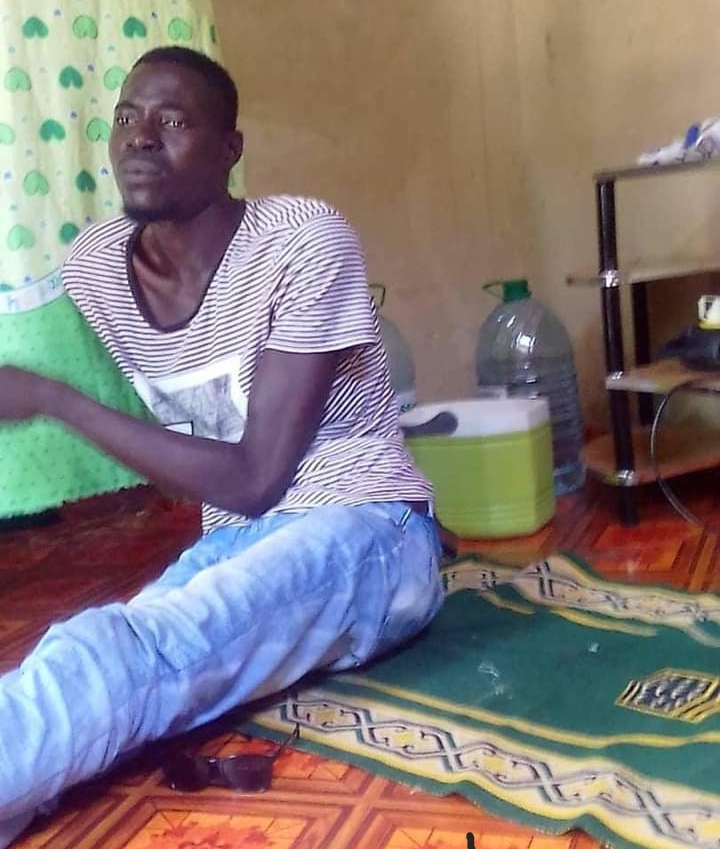President Adama Barrow announced on Saturday that the year 2019 will be a turning point for the country as he launched the Banjul Sewage, Drainage and Road Rehabilitation Project.
“This event marks another milestone towards the realisation of my government development plan” he said during a colourful launching ceremony held at Banjul mini-stadium.
The capital city of the tiny West African nation is confronted with major challenges such as dilapidated and potholed roads that continue to cause a lot of inconvenience for commuters. Under the National Development Plan (2018-2021), Gambia government has laid out major strategies geared towards achieving the Sustainable Development Goals including infrastructure development.
The Gambian leader outlined the option taken by government to prioritise infrastructure development as engine for economic growth.

 Providing Banjul with resilient infrastructures, he went on, will make the settlement more inhabited, putting an end to problems related to flooding, sanitary and leakages.
Providing Banjul with resilient infrastructures, he went on, will make the settlement more inhabited, putting an end to problems related to flooding, sanitary and leakages.
“The implementation of this important project cannot come at a better time than to address all the roads, drainage challenges confronting residents of Banjul,” he said while indicating that gov’t has committed $35 million dollars for the implementation of the project.
Speaking on behalf of the Minister of Works, Transport and Infrastructure, Bai Lamin Jobe, Gambia Information Minister Ebrima Sillah noted that it is President Barrow the problems of the capital city as a national concern and requested for solutions.
While acknowledging that Banjul is in a dire state, Sillah further stated this situation is aggravated because of its role as commercial centre.
“For the past two decades, this role has been diminishing, especially in discharging the various functions required of a capital city,” he added.
He then cited the lack of support from the central government over the last 23 years as part of the contributing factors.
Sillah disclosed that the resident population of Banjul is around 31,000 people and always reaches 100,000 on a busy working day. He then noted that Banjul has not able to keep pace with this demand.
Information Minister explained that the project includes the construction of 37 km of roads, the rehabilitation of the entire drainage and sewage system within the scope of five years.
The Mayoress of Banjul, Rohey Mslick Lowe, expressed thanks to Barrow gov’t for coming up with such an important project.
She seized the opportunity to call on the contractor to give priority to the skilled youth of Banjul and to provide strong construction that generation will benefit from.
“The Banjul Project should be viewed as belonging to the people,” she remarked.
Vice-President Ousainou Darboe, government officials and other dignitaries graced the occasion.
Ends





Hi there to all, how is everything, I think every one is getting more from this website, and your views…
That is so true. Omg, you nailed it. That is exactly typical Gambian attitude unfortunately, it is very depressing.
Ba Buwa is a great man! I first heard his name when I was in Kiang Karantaba Primary School between…
[…] cuatro cuestiones que el comité no pudo resolver son las siguientes: canepa kanye Bubba (Bobby) Sangiang y Momodo Lamine…
Honestly, everything you said here was true and valid. He is obviously my inspiration and motivation. He is my Dad.